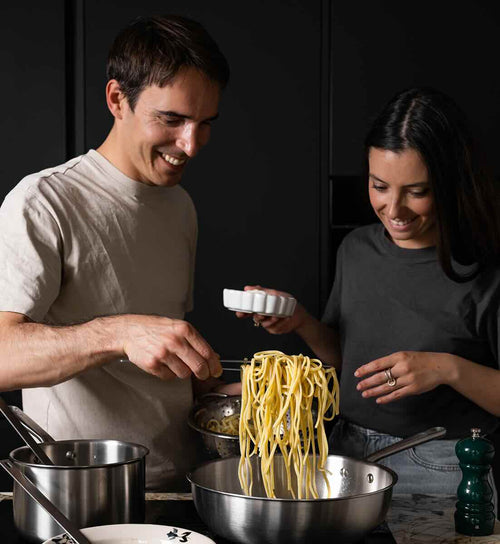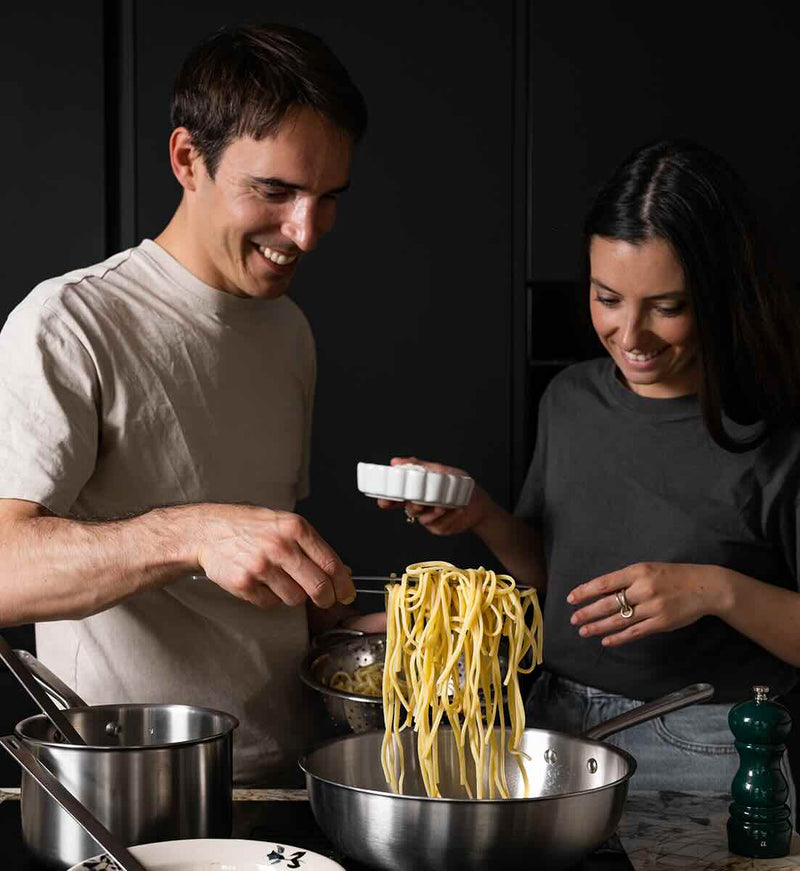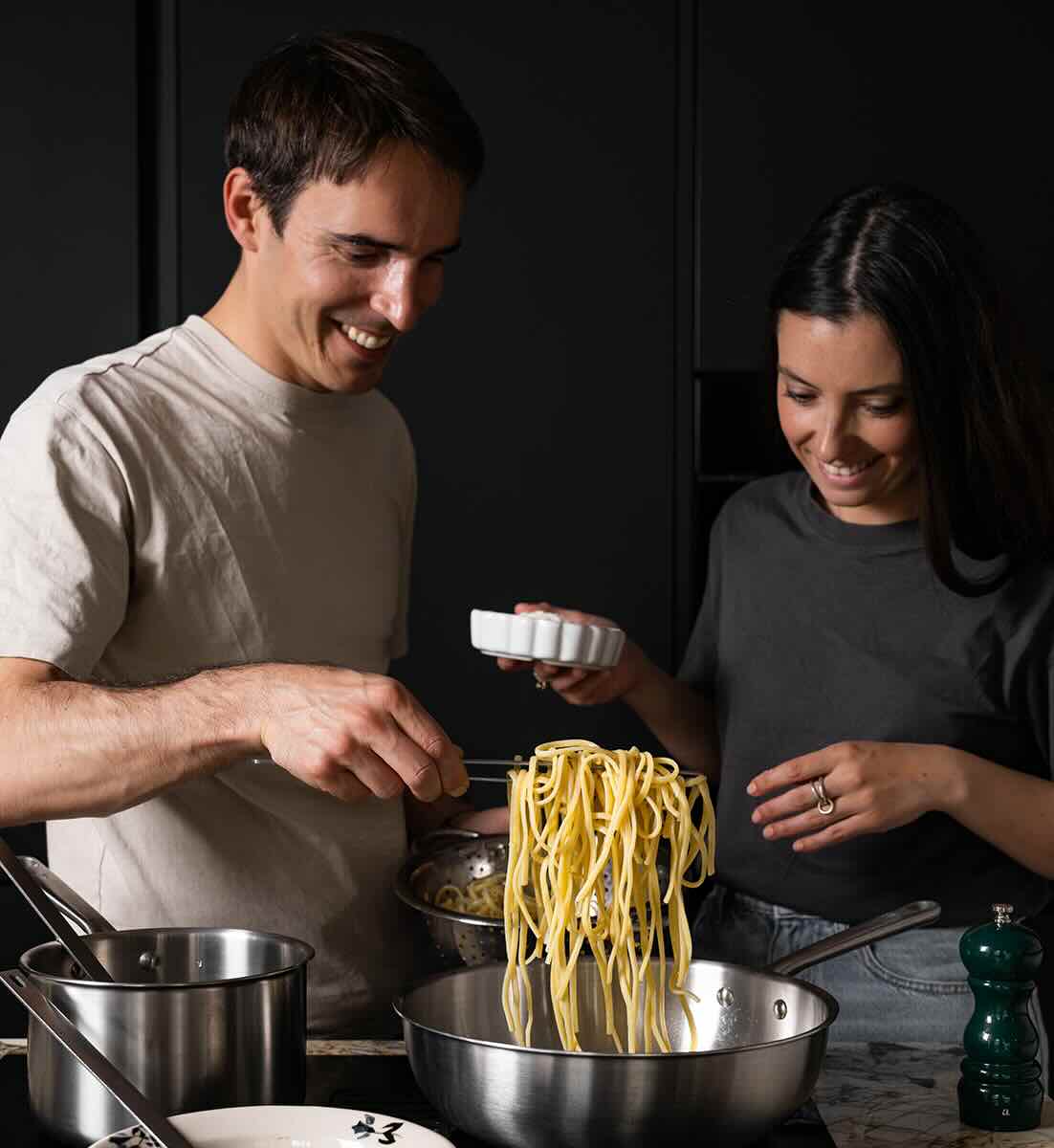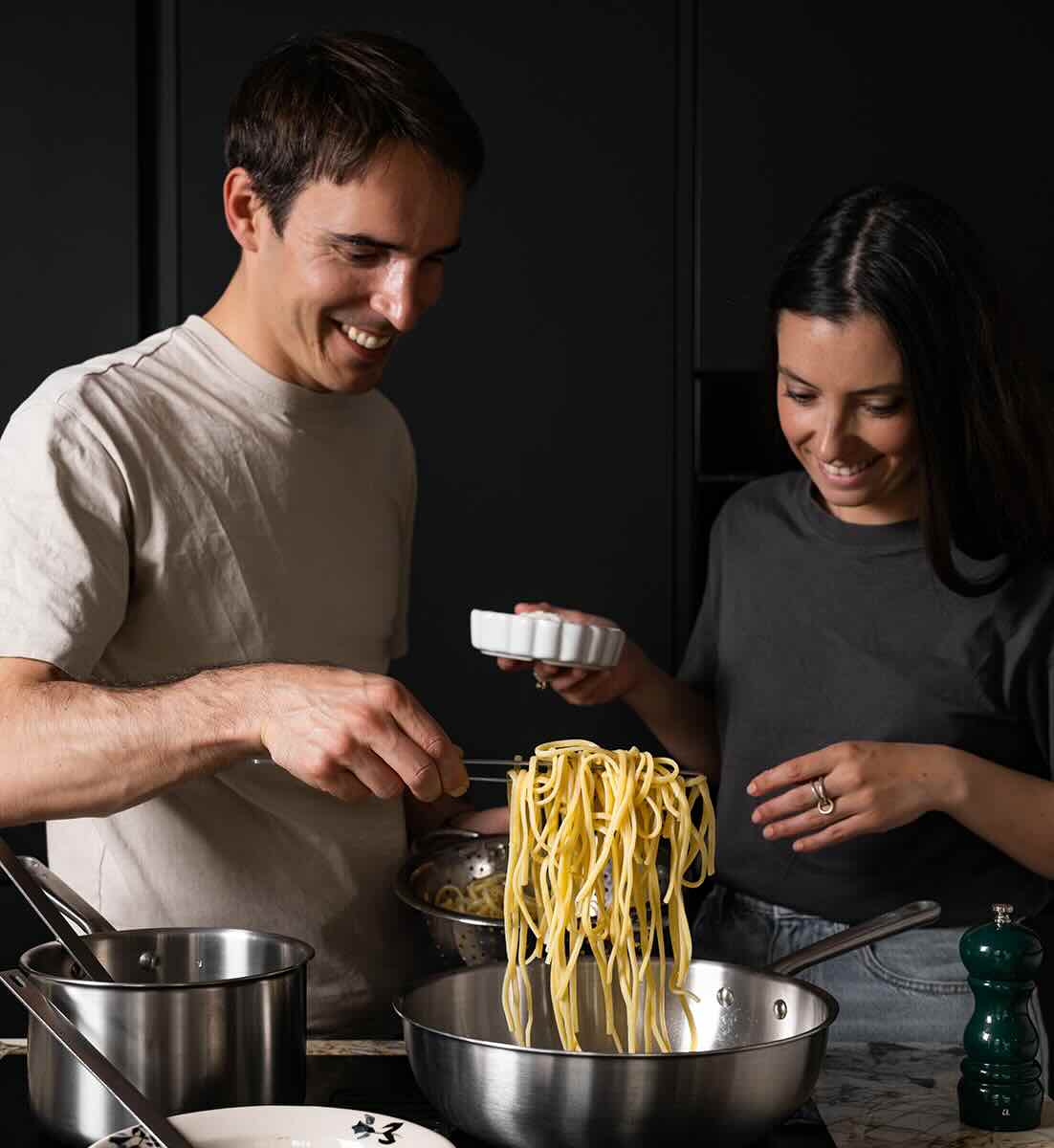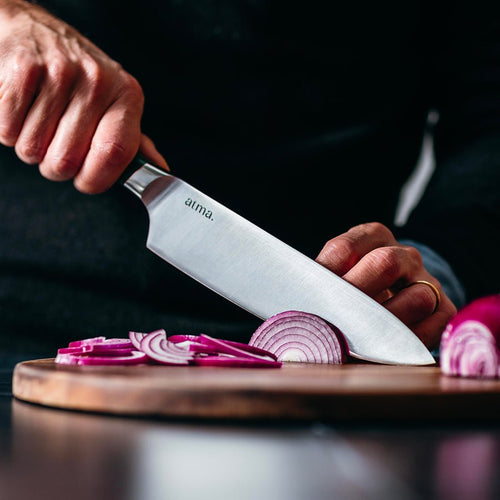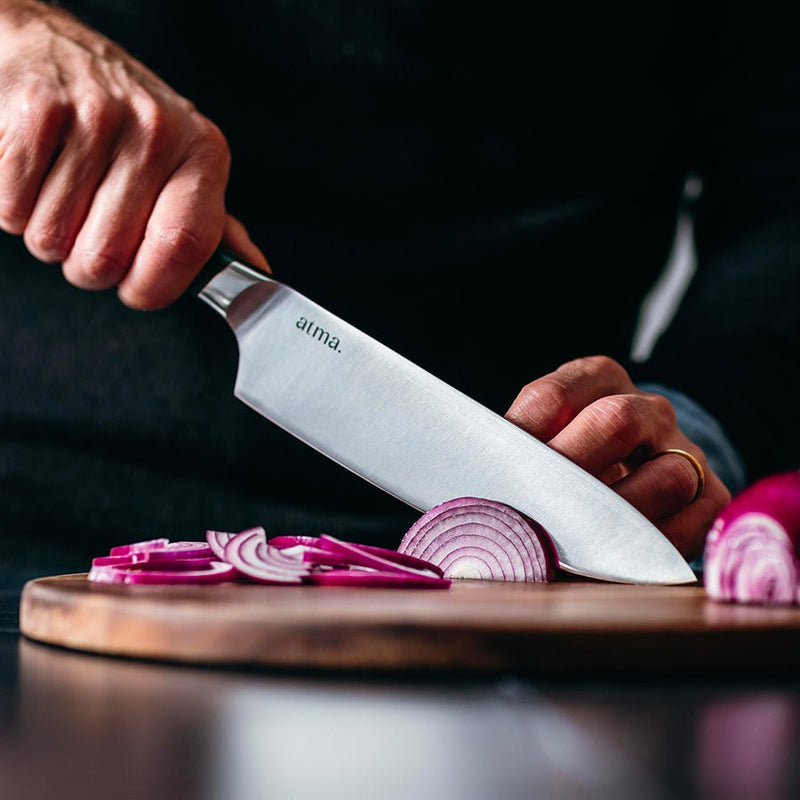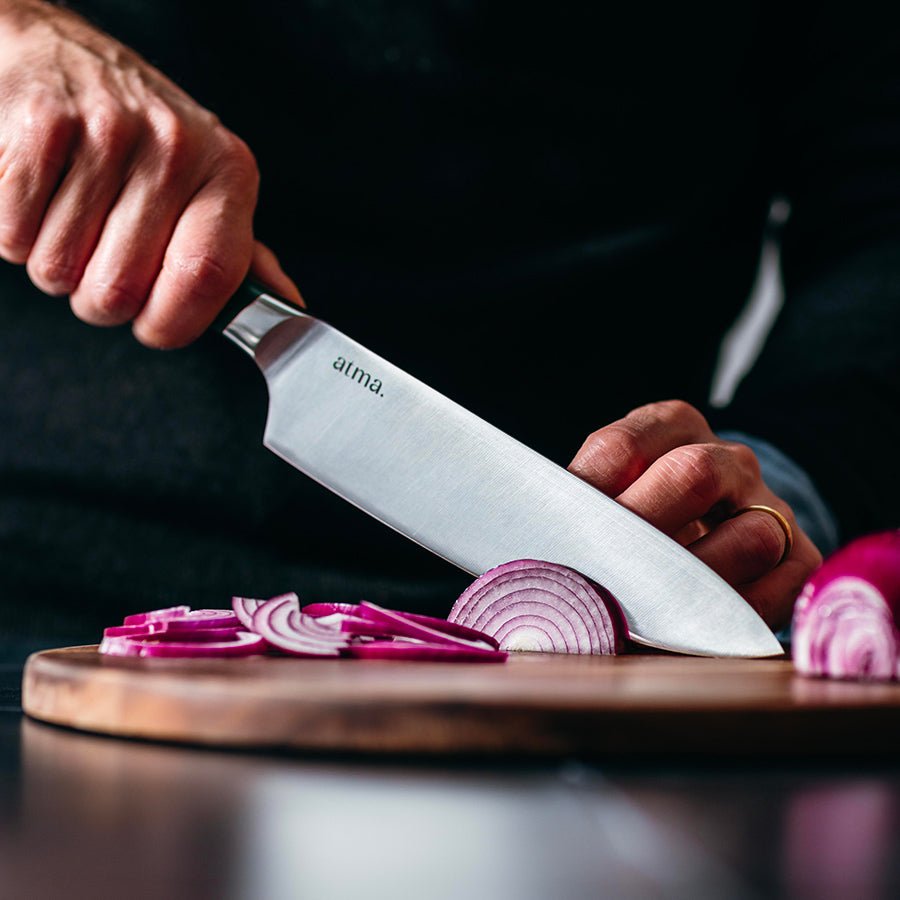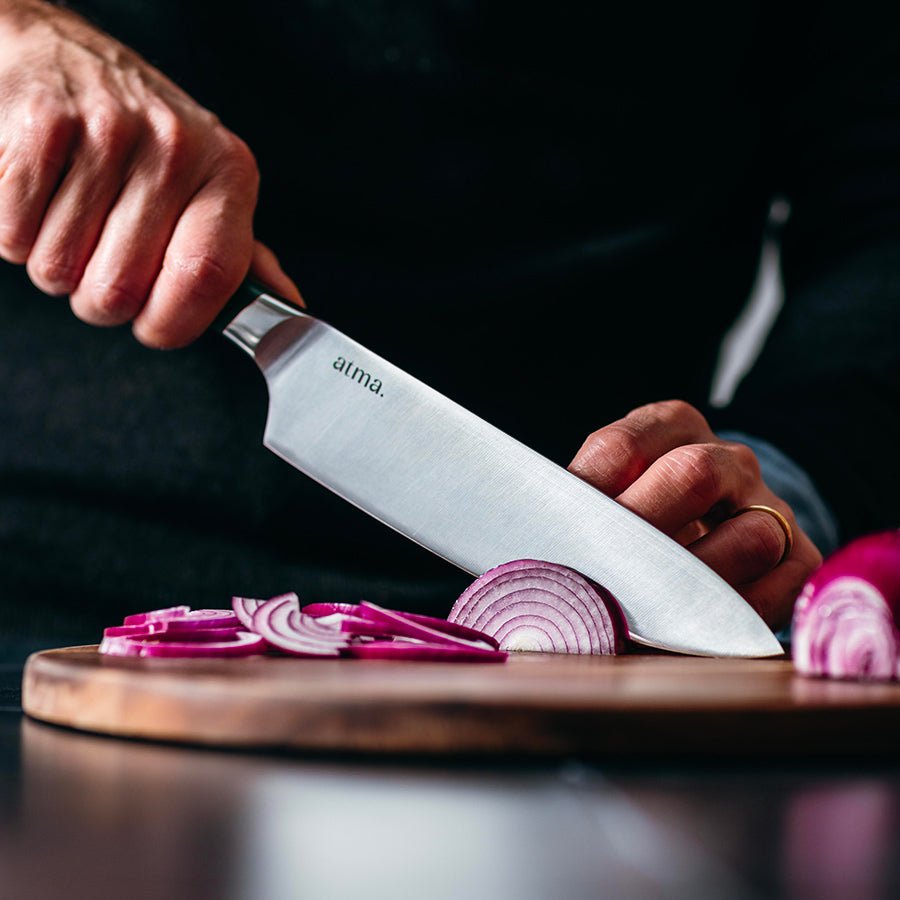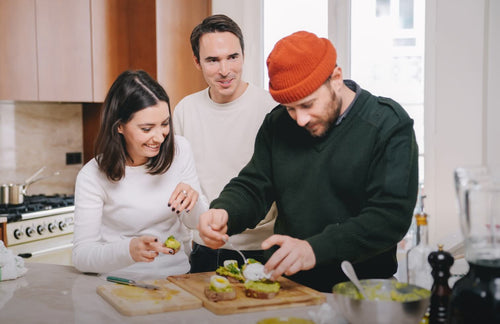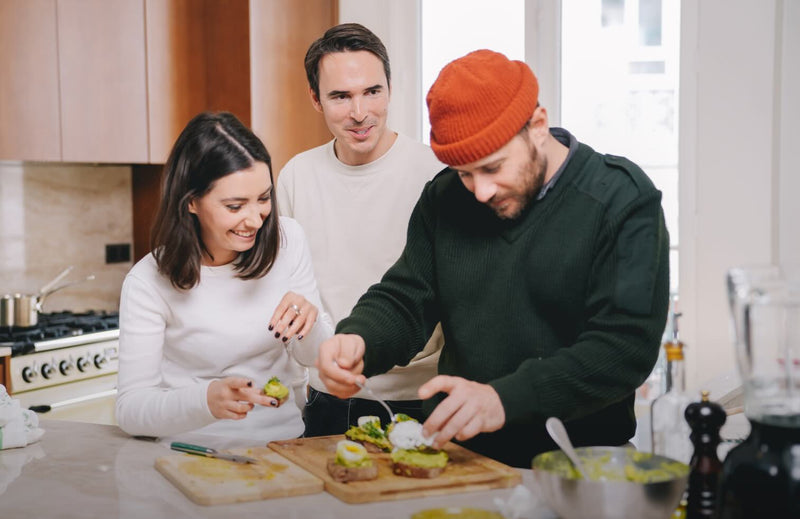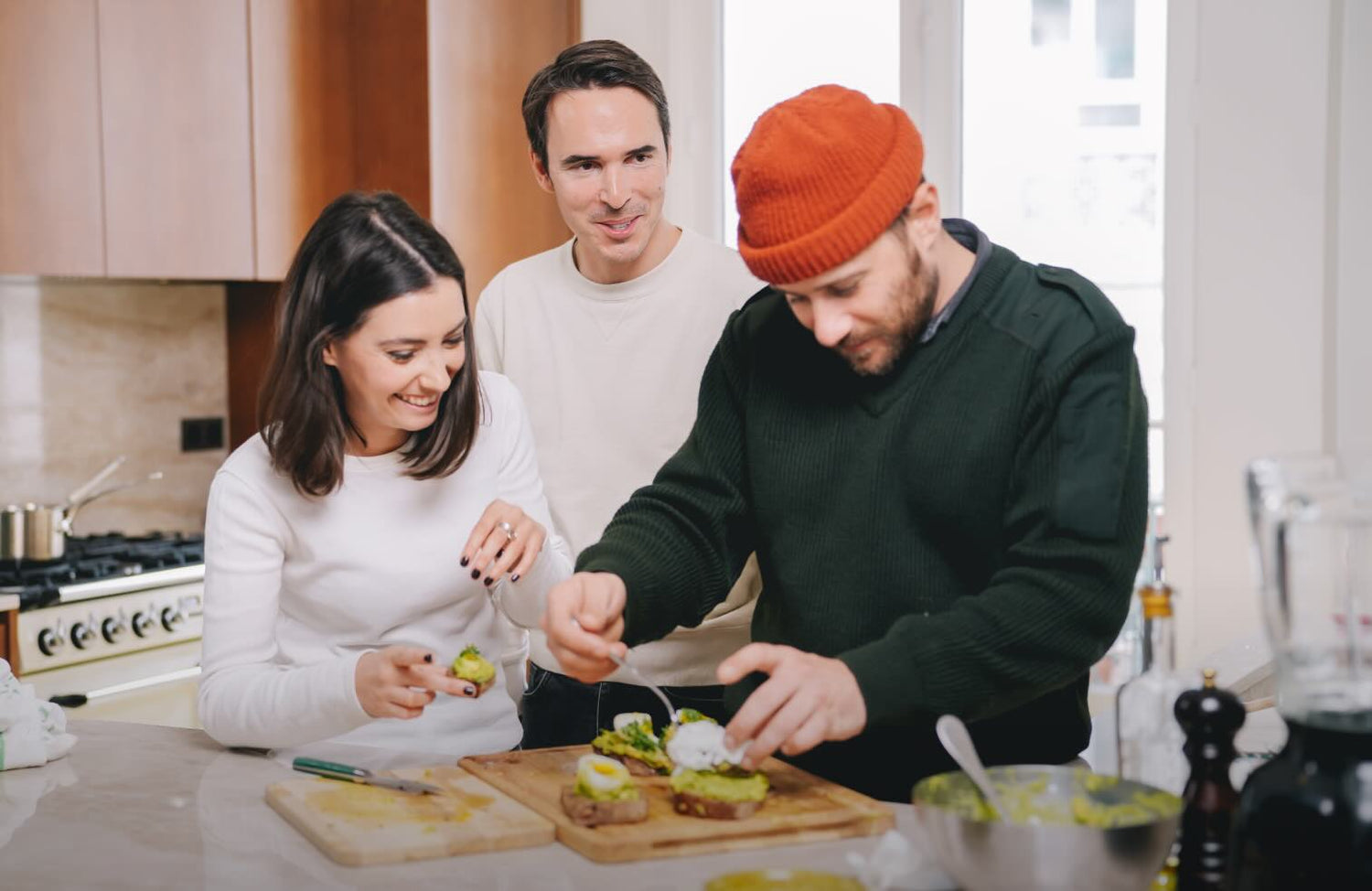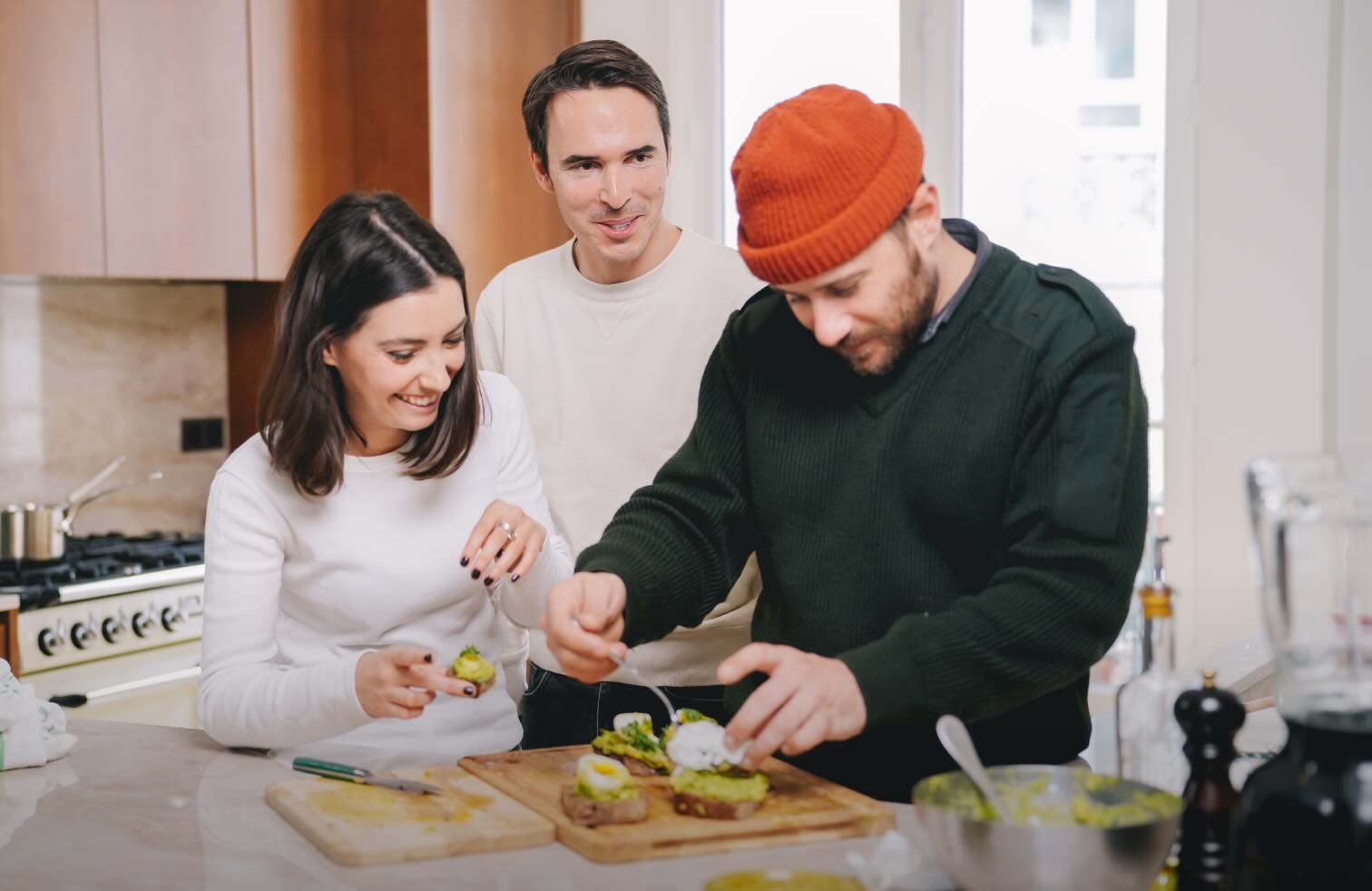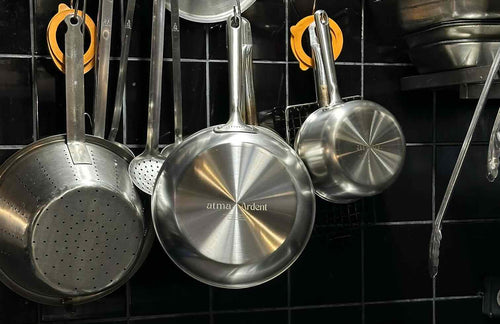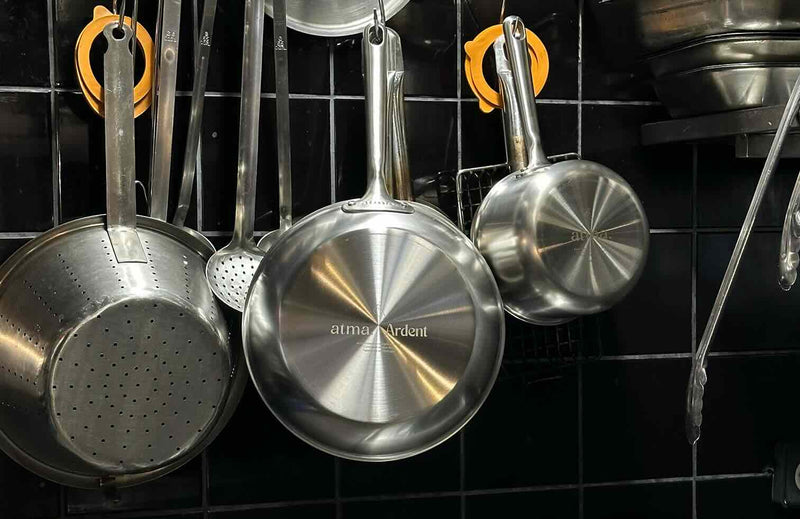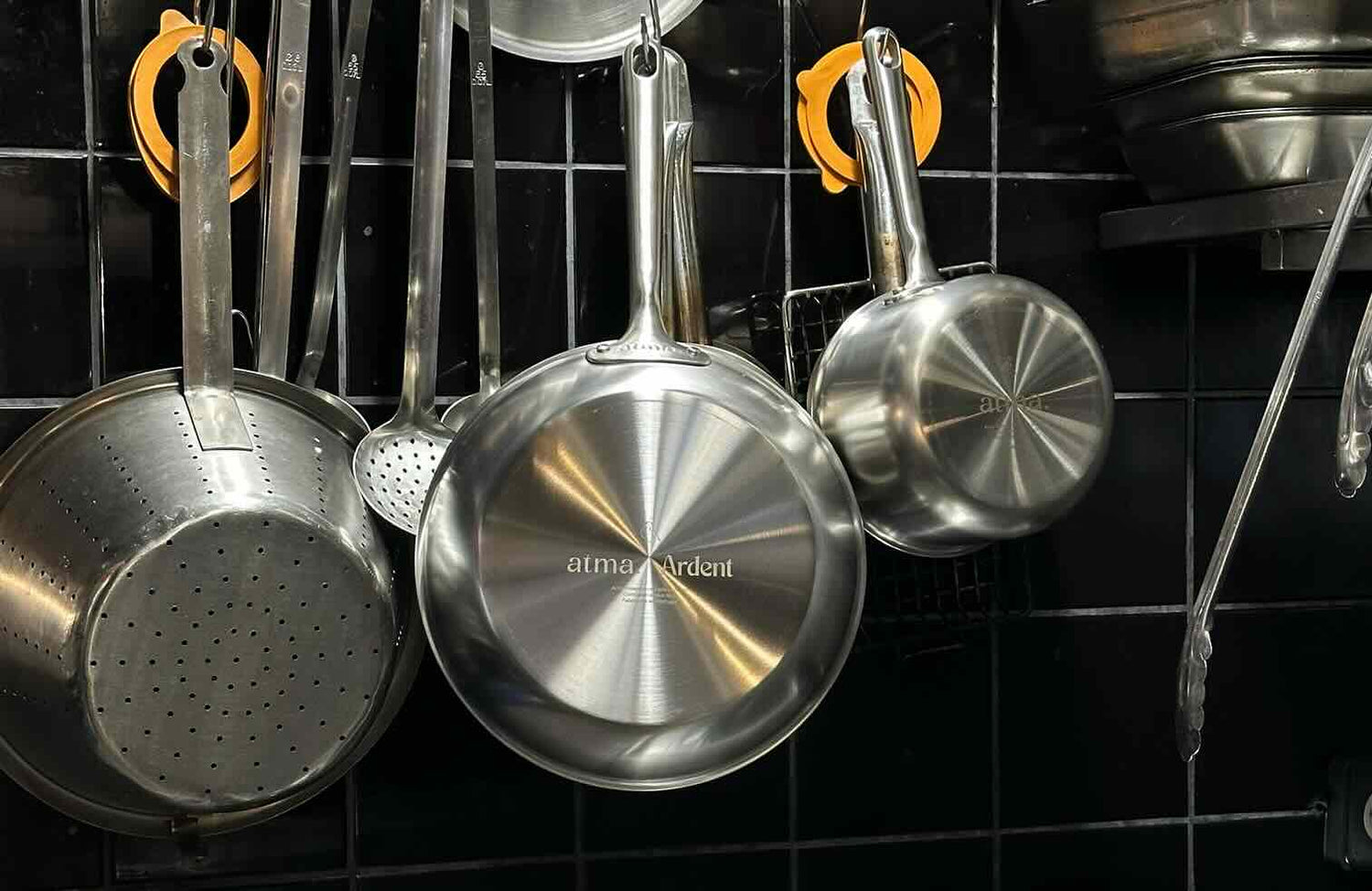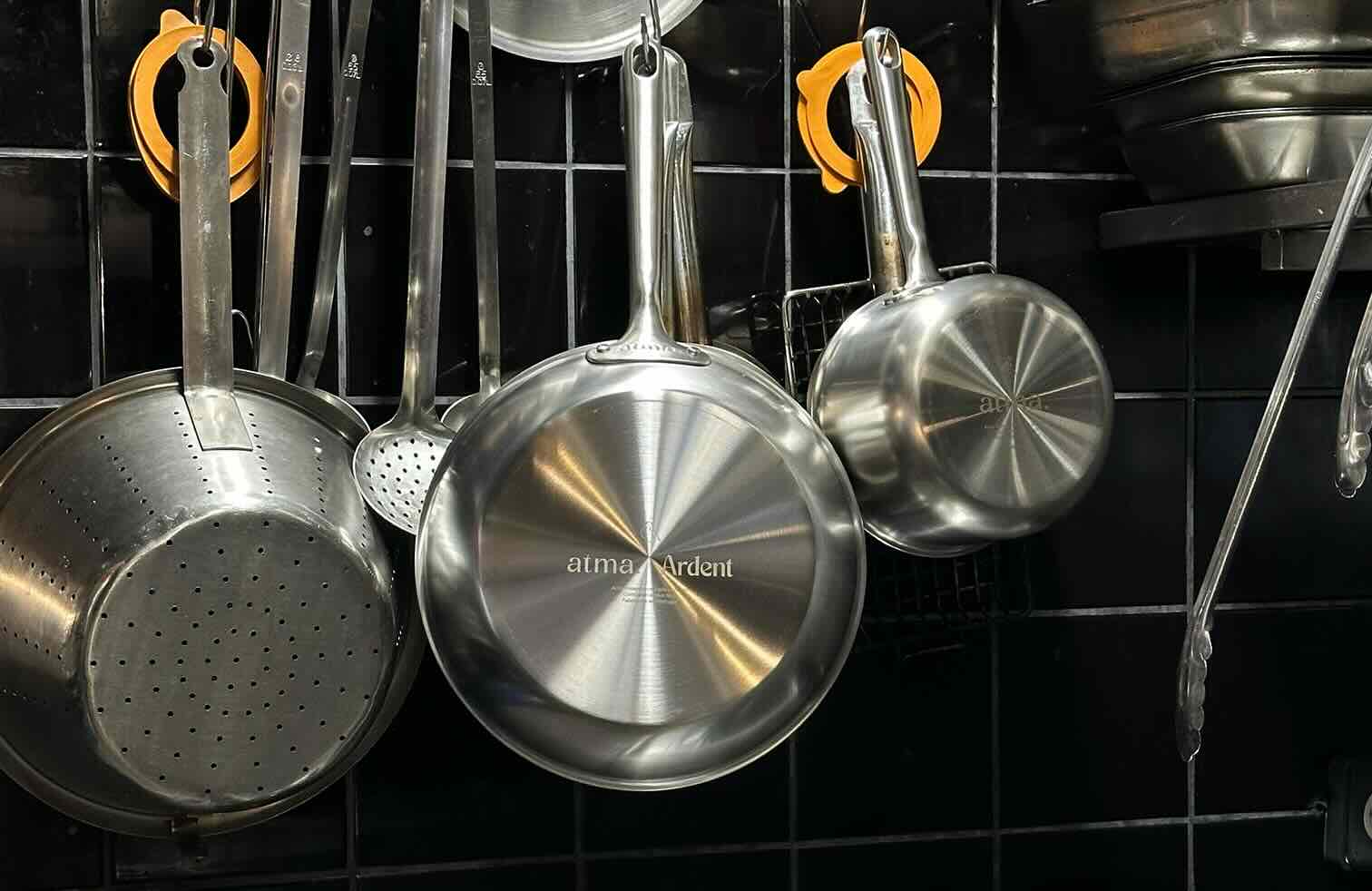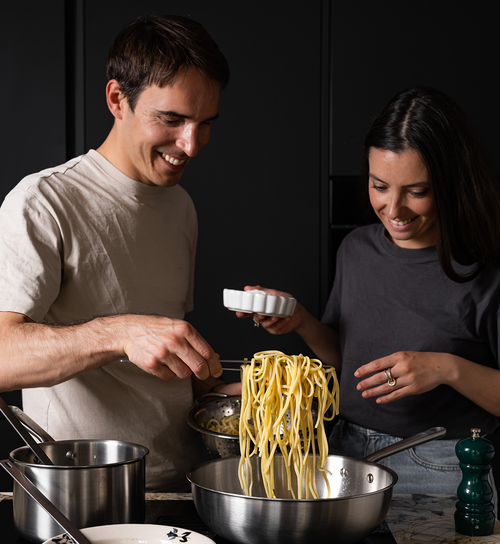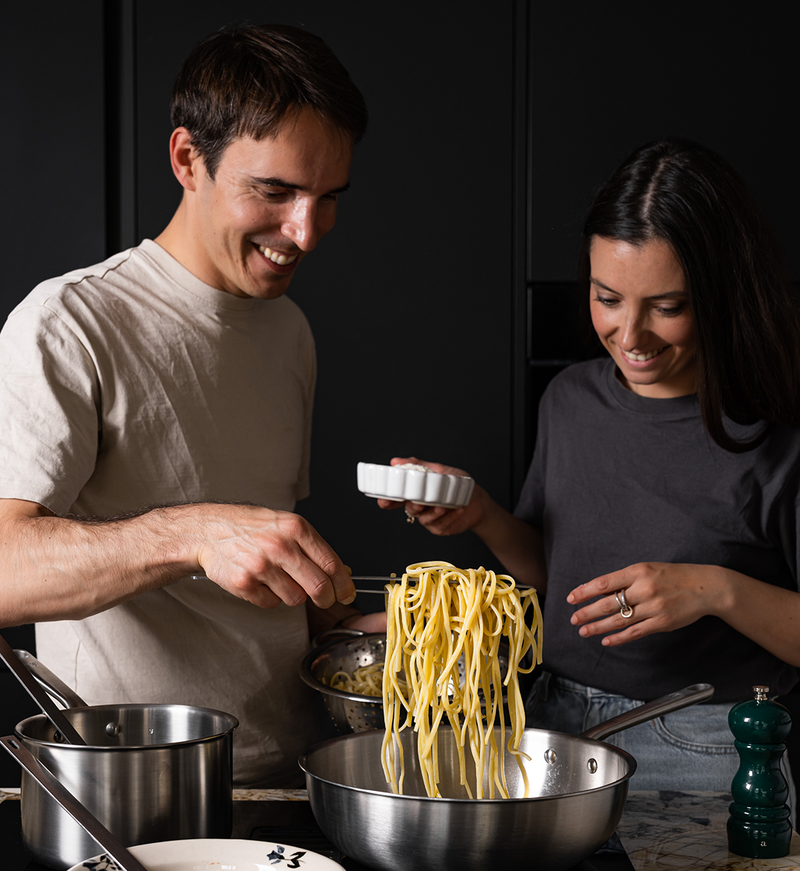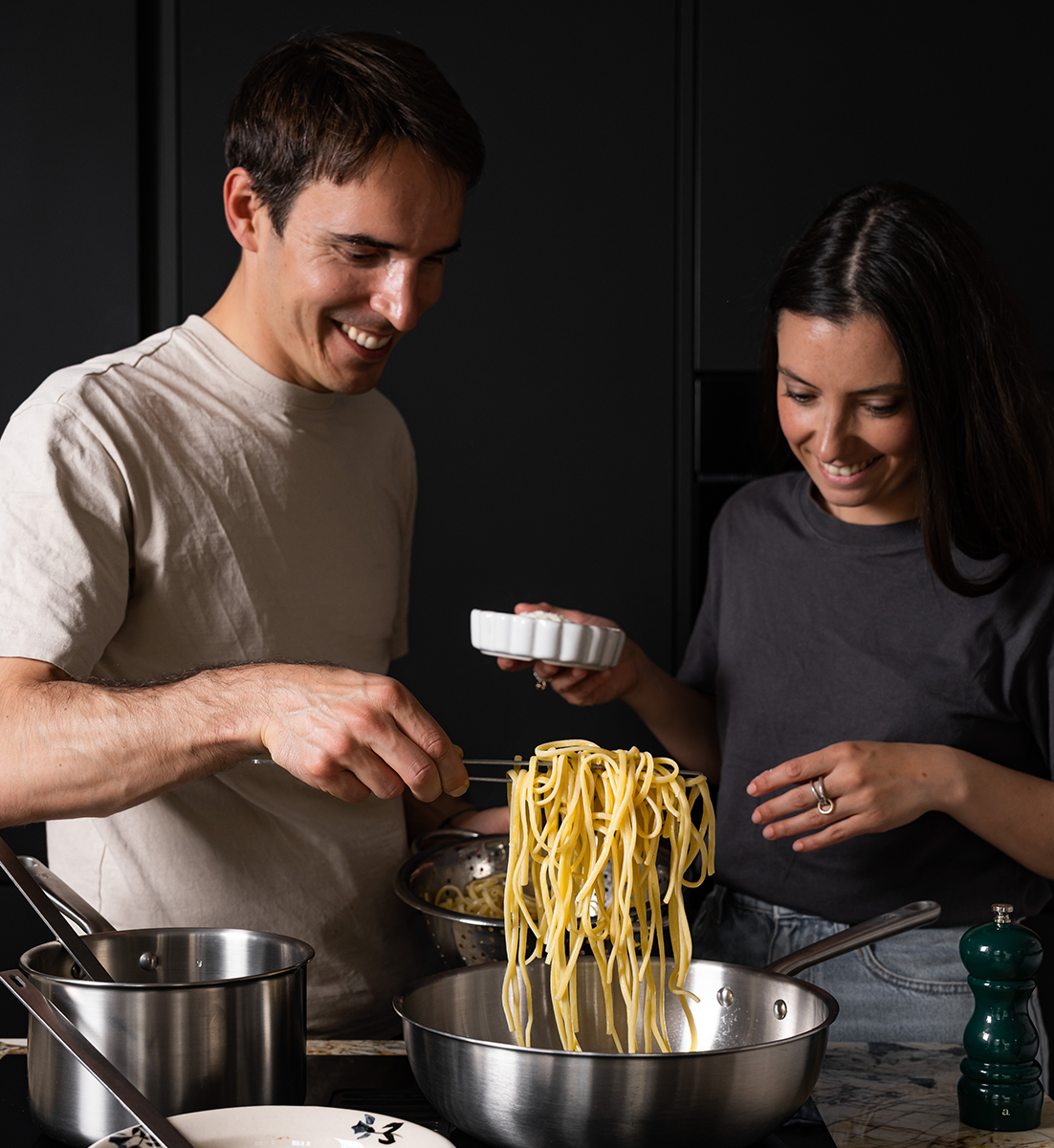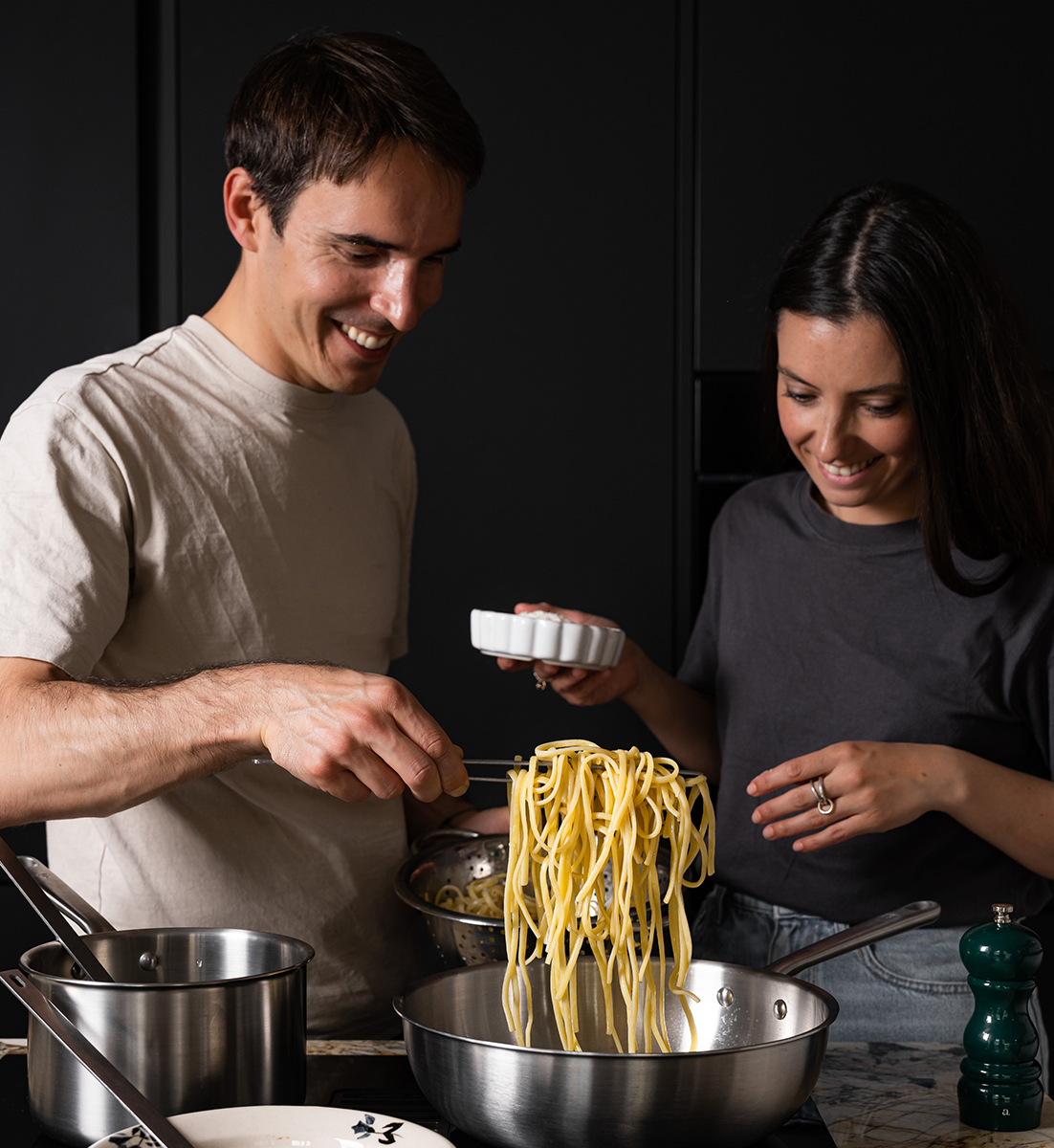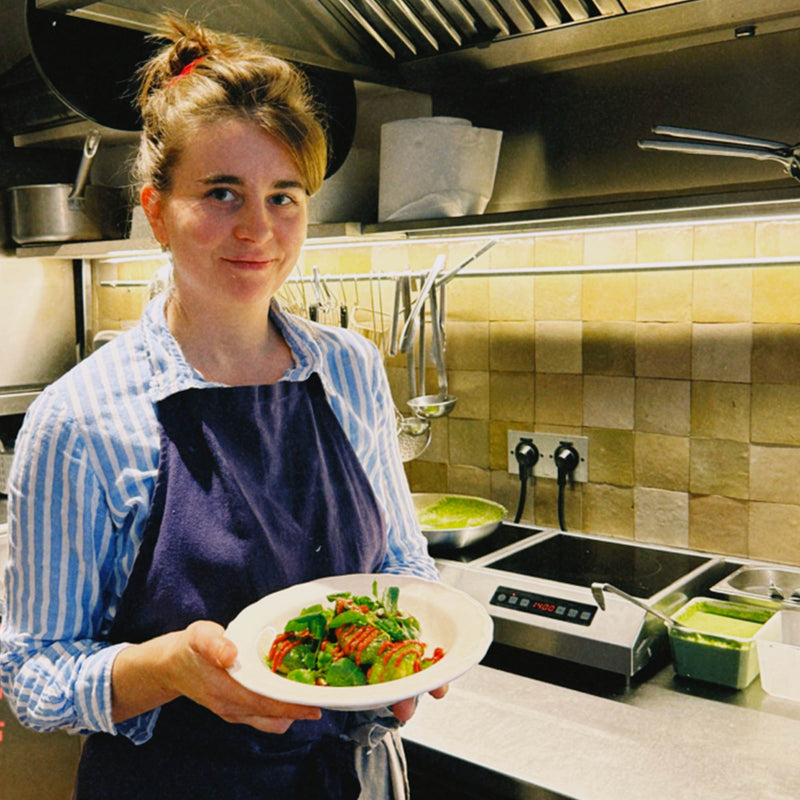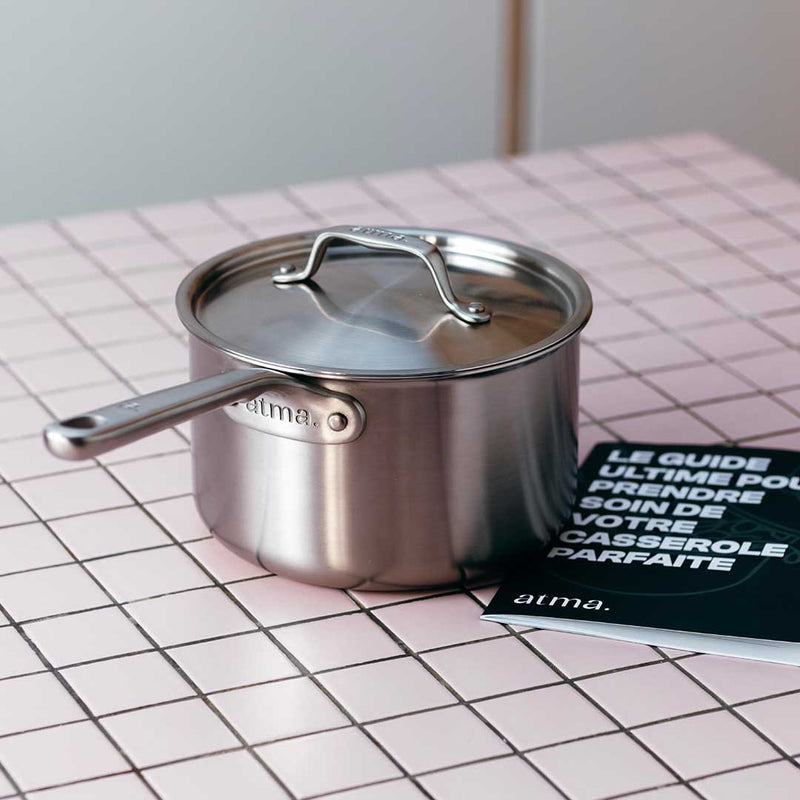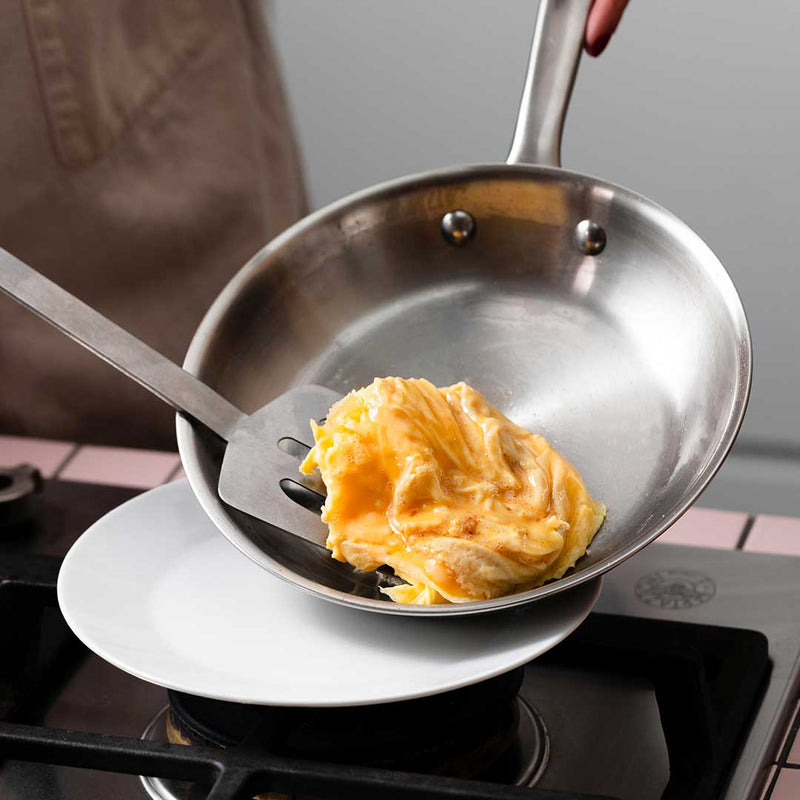Can you put a frying pan in the oven?








When we think of oven cooking, the first images that come to mind are often those of cast iron casseroles, cake tins, or even ceramic oven dishes for roasting our Sunday roasts. However, the use of a frying pan in the oven is often underestimated, which is both surprising and unfortunate, especially when you realize the impact an oven-safe pan can have. Instead of simply cooking your food, the ability to sear it beforehand on the stovetop can transform your dish, making it both faster to cook and more flavorful. Imagine crispy chicken thighs, braised lamb, or even roasted vegetables—pre-searing creates a delicious caramelized crust that the oven alone cannot achieve. That's why we've written this guide with all the necessary tips for using your pan in the oven.
How do I know if my pan is suitable for oven cooking?
To ensure your pan is compatible, we strongly recommend consulting the manufacturer's manual. This guide may contain practical advice, such as our "Ultimate Guide to Perfect Cooking Every Time," included with the purchase of the Right Stainless Steel Pan. When reading the manual, pay particular attention to the product specifications and descriptions. And if any questions remain, don't hesitate to contact the manufacturer or its representatives for more information!
Oven Compatibility: Points to Check:
Before placing your pan in the oven, we recommend considering certain criteria to ensure safe cooking:
1. Handles and Lid:
- Handles: Make sure the handles are metal, as plastic, silicone, or wooden handles can melt and burn at high temperatures. Therefore, absolutely avoid placing these pans in the oven.
- Lid: If your pan has a glass lid, check its heat resistance. Some glass lids can shatter if exposed to excessive heat.
2. The material and thickness of your pan:
Material:
-
We obviously recommend steel pans (stainless steel, cast iron, iron) which can perfectly withstand high temperatures. Are our stainless steel pans perfectly suited for the oven, for example?
- However, cookware with a non-stick coating may have a lower temperature resistance than stainless steel pans and therefore may not withstand the heat of an oven.
Thickness:
- We also advise you to pay attention to The thickness of your pan: the thicker it is, the more resistant it is to high temperatures. For example, Atma pans are made of 3-ply stainless steel. This means they are composed of two layers of 18/10 stainless steel with a layer of aluminum in between. This construction offers excellent heat distribution and high resistance to high temperatures, making Atma pans perfectly oven-safe.
Any precautions to take when putting your pan in the oven?
Obviously, oven cooking isn't without its risks, and since you can never be too careful, here are a few tips for handling a hot pan safely:
- Carefully follow the recommendations to avoid overheating your cookware
- Check Although there is enough space between your oven racks to accommodate the pan, including the handle,
- Use thick, heat-resistant oven mitts to protect your hands from burns.
- Grasping the pan firmly with both hands ensures a better grip and prevents accidents.
- Be careful of the edges of the pan, which can be very hot.
- Remember that your pan has been in the oven, so don't try to pick it up with your bare hands 5 minutes after taking it out of the oven (an unfortunate experience we learned the hard way). !)
By following these tips, we hope you can enjoy your culinary creations with complete peace of mind!
Another question you ask us very often is the compatibility of our stainless steel pan with induction. We recommend our article which explains if
Discover our best sellers
By Victor Desport
07/02/2024
















